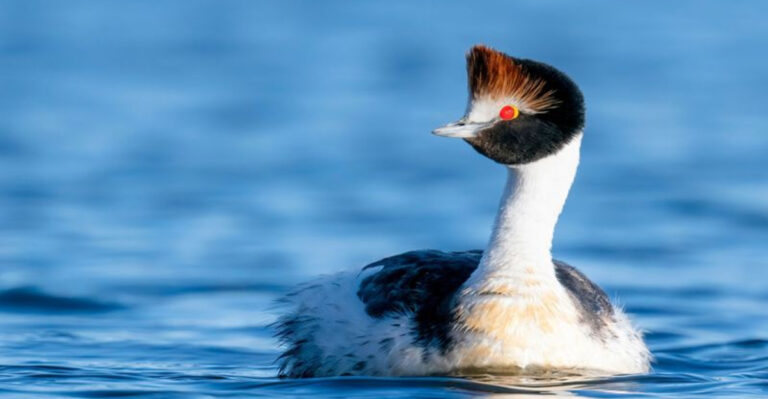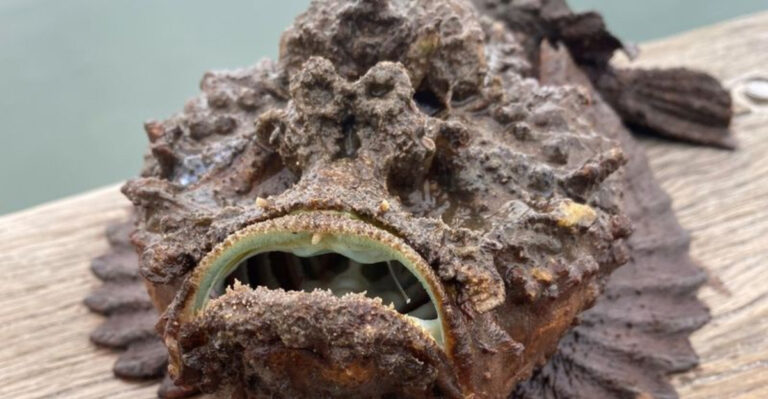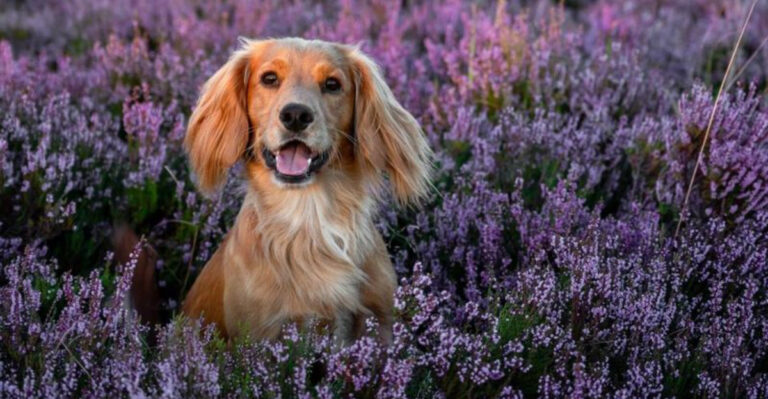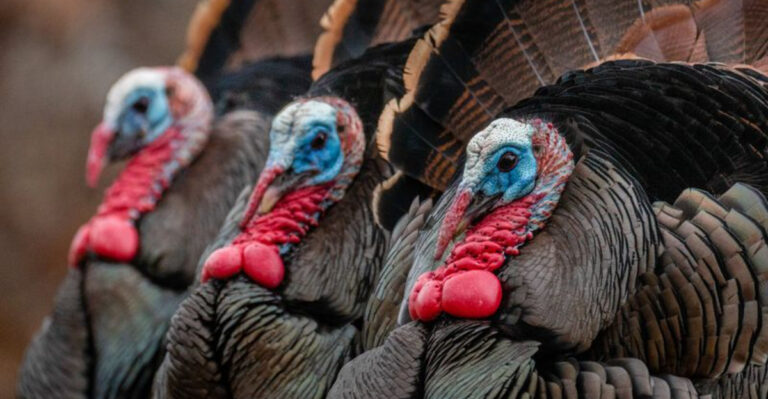7 U.S. States Where Wild Hogs Are Common And 7 That Remain Mostly Hog-Free
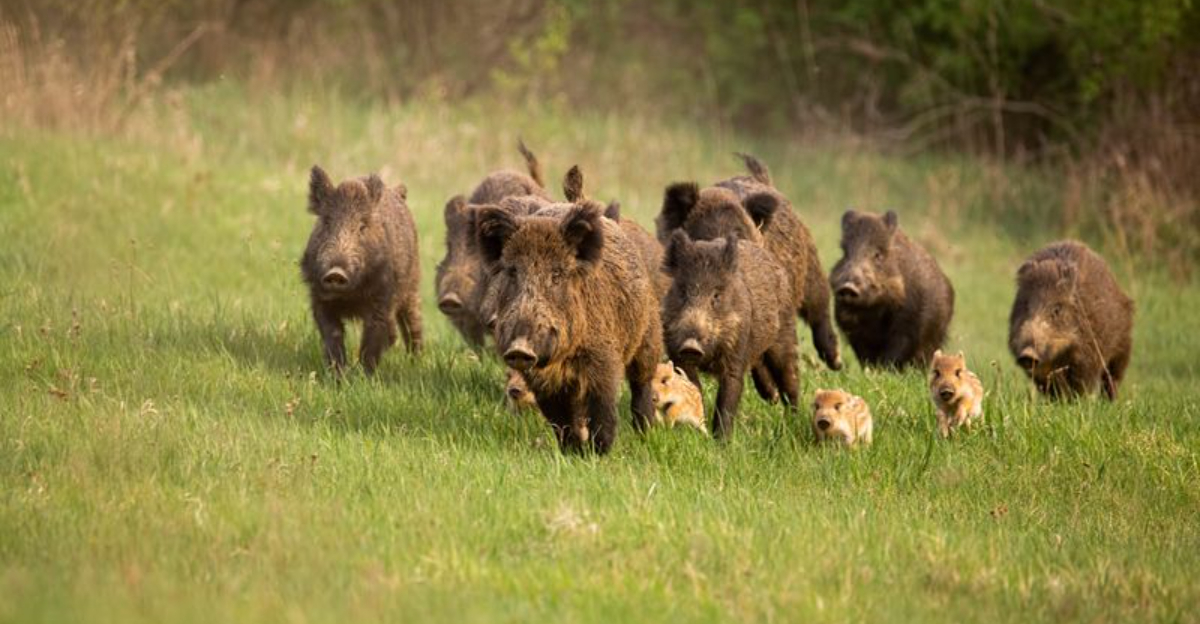
Across America, wild hogs are creating quite the barnyard buzz! These tusked troublemakers cause billions in damage yearly, tearing up crops, spreading disease, and disrupting native ecosystems.
While some states battle massive pig populations that seem to multiply overnight, others have managed to keep their lands relatively pork-free.
Let’s explore which states are overrun with wild hogs – and which ones have kept the swine invasion at bay.
1. Texas: Hog Heaven
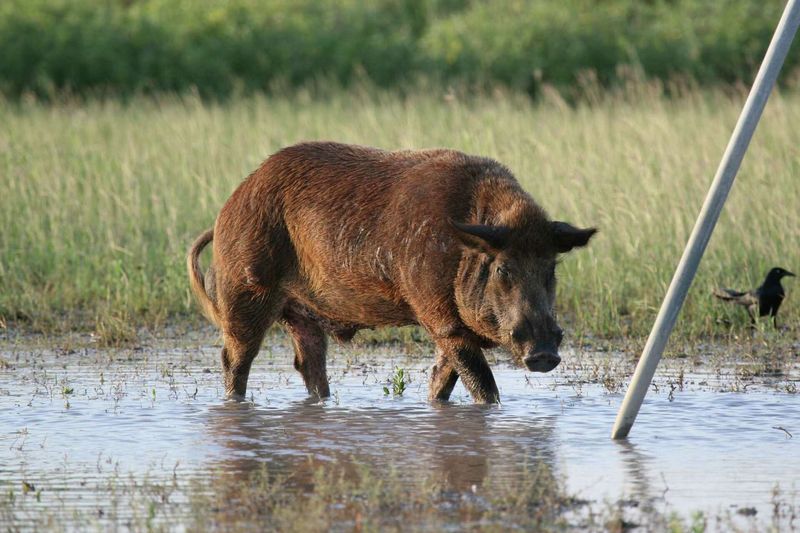
Everything’s bigger in Texas – especially the wild pig problem! With an estimated 2.6 million feral hogs roaming the Lone Star State, farmers face a $500 million battle annually.
These intelligent invaders reproduce at lightning speed, with sows capable of having two litters yearly. No hunting license? No problem! Texas allows year-round hunting with no bag limits.
2. Florida: Swamp Swine Central
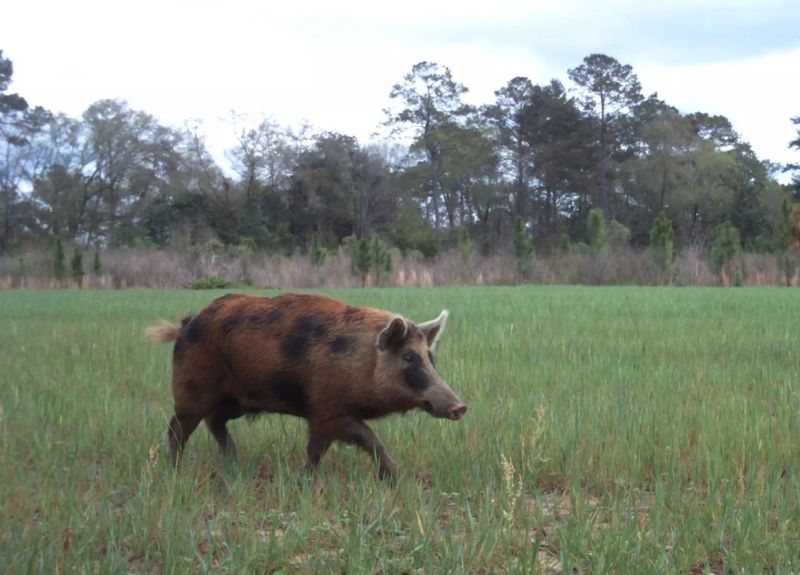
Sunshine State or Swine State? Florida’s warm climate creates perfect conditions for these hardy beasts, with populations exploding in the Everglades and beyond.
Spanish explorers first introduced these porcine pioneers in the 1500s. Now, these destructive diggers uproot native plants and gobble endangered sea turtle eggs along coastal areas, creating ecological nightmares for conservation teams.
3. Georgia: Peach State Porkers
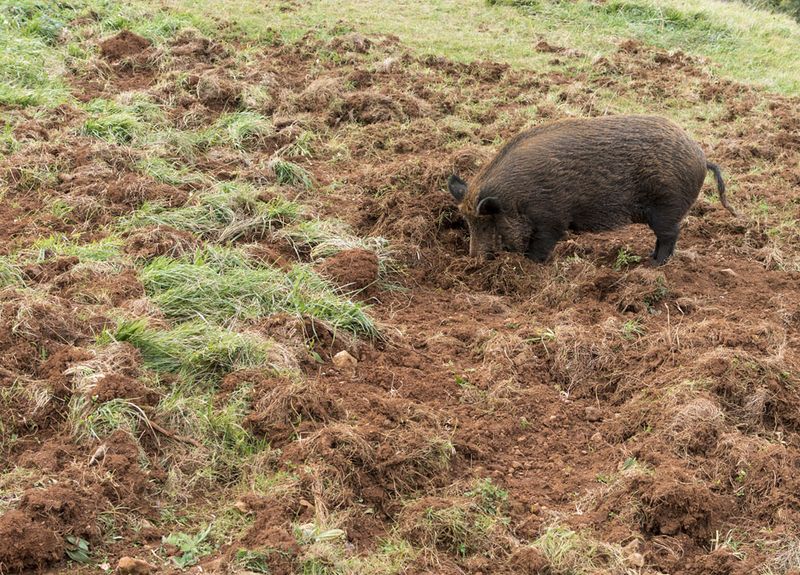
Got a garden in Georgia? Better fence it high! These agricultural adversaries cost Georgia farmers millions annually, with populations steadily climbing despite aggressive control efforts.
Rural communities face constant battles as hogs destroy crops overnight. The state’s mix of forests, swamps, and farmland creates perfect hiding spots for these crafty creatures who’ve adapted brilliantly to Georgia’s diverse landscapes.
4. Louisiana: Bayou Boars
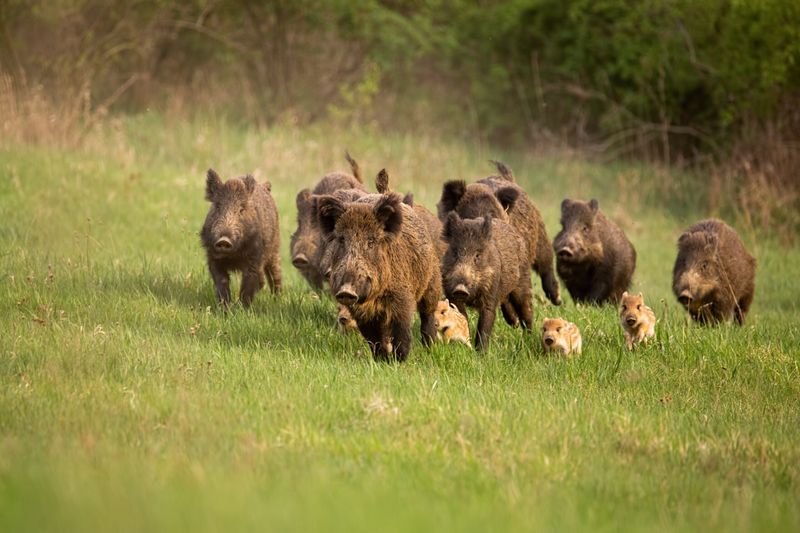
Crawfish aren’t the only critters digging up Louisiana’s wetlands! Feral hogs thrive in the state’s swampy terrain, causing severe damage to levees and natural flood protections.
Hurricane Katrina inadvertently helped these populations spread when floodwaters displaced existing groups. Their rooting behavior accelerates coastal erosion – a serious concern in a state already losing land at alarming rates.
5. Alabama: Cotton State Crashers
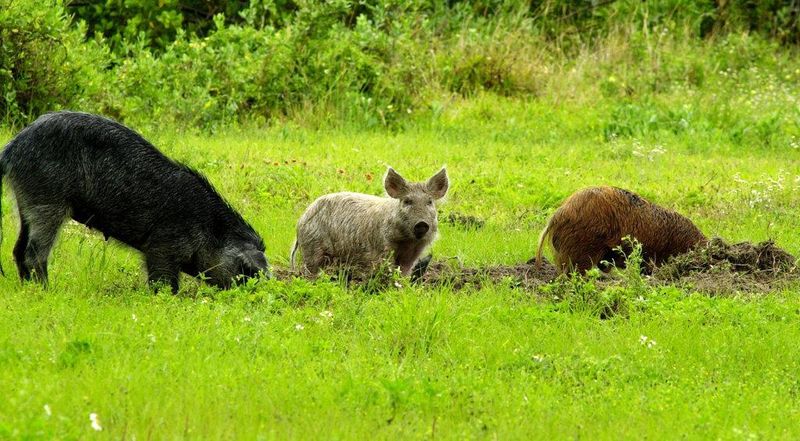
Roll Tide? More like roll hogs! Alabama’s agricultural heartland faces growing pressure from these four-legged invaders who feast on peanuts, corn, and sweet potatoes.
Hunters remove nearly 100,000 hogs annually, yet populations continue expanding. These nocturnal nuisances have adapted to human pressure by becoming primarily night-active, making control efforts increasingly challenging for frustrated farmers and wildlife officials.
6. Oklahoma: Sooner State Swine
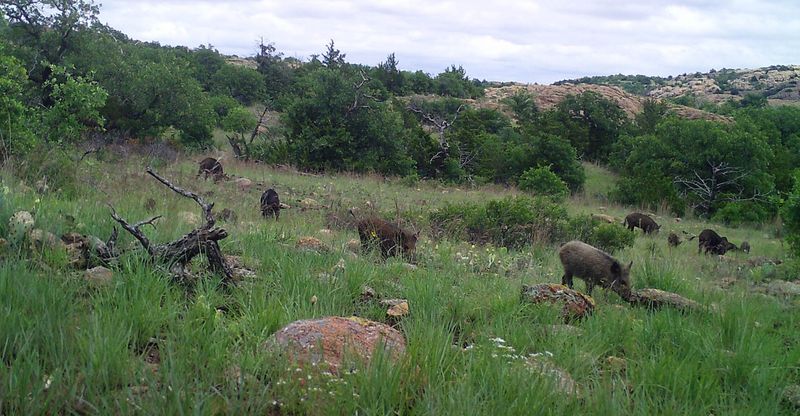
From the Ozark highlands to the western plains, Oklahoma’s diverse landscapes have fallen under the hooves of feral hogs. These uninvited guests cost the state approximately $74 million annually in agricultural damage.
Native wildlife suffers too, as hogs compete for food resources and destroy ground-nesting bird habitats. Despite year-round hunting seasons and aerial shooting programs, these porcine pests continue their relentless expansion.
7. California: Golden State Grunters
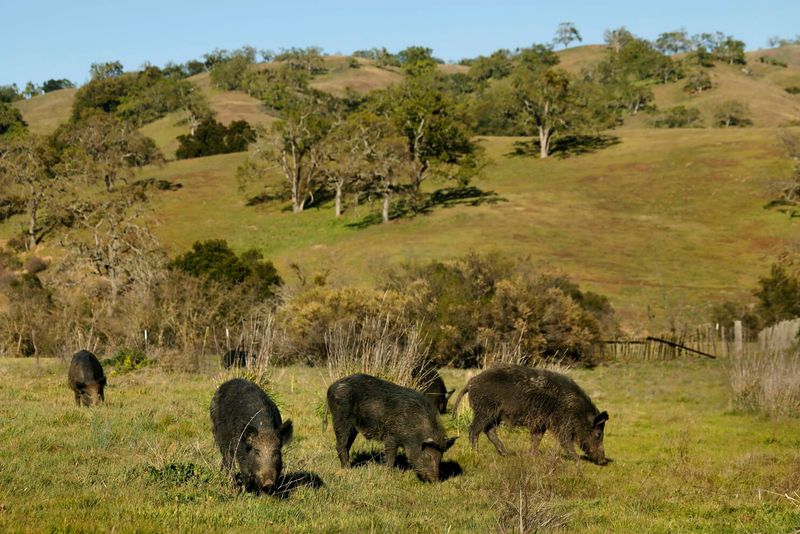
From wine country to wilderness areas, California’s wild pig problem spans diverse ecosystems and causes headaches for vineyard owners and conservationists alike.
Originally introduced for hunting in the 1700s, these tusked troublemakers now inhabit 56 of the state’s 58 counties. Their rooting behavior increases soil erosion in drought-prone areas, while water contamination from their waste threatens sensitive watersheds.
8. Maine: Hog-Free Forests
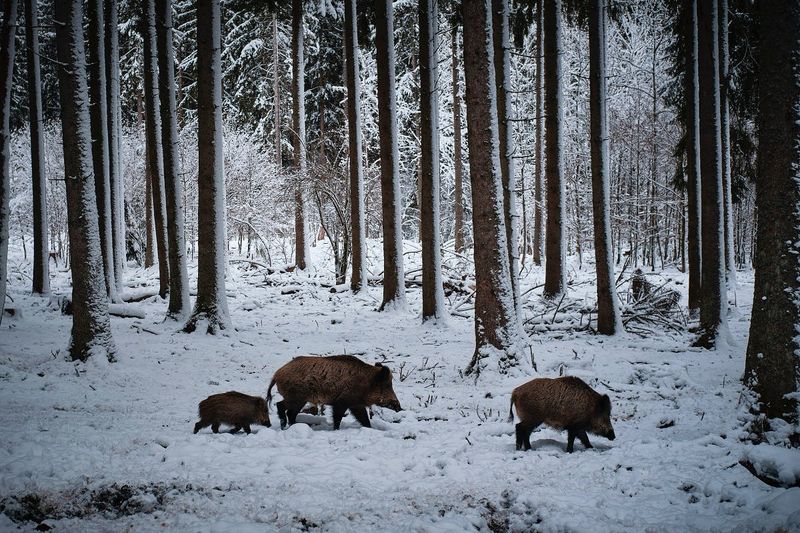
Moose, black bears, and lobsters might call Maine home, but wild hogs haven’t crashed this northeastern party! The Pine Tree State’s harsh winters create natural barriers for these warm-weather-loving critters.
Vigilant wildlife officials maintain strict regulations on importing live swine. Quick responses to occasional escaped domestic pigs have prevented any established populations, keeping Maine’s pristine forests and blueberry barrens safe from porcine destruction.
9. Wyoming: Wild West Without Swine
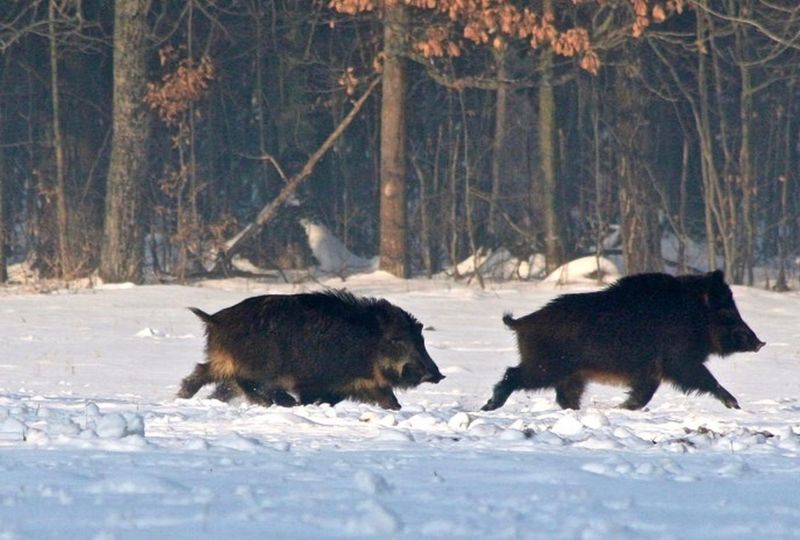
Wide-open spaces but no wild hogs in sight! Wyoming’s combination of harsh climate, vigilant monitoring, and swift response to any reported sightings has kept the Cowboy State virtually hog-free.
Neighboring states haven’t been so lucky, making border surveillance crucial. Wildlife officials take potential sightings extremely seriously – a single breeding pair could establish a population capable of causing extensive damage to sensitive prairie ecosystems.
10. Alaska: Too Cold For Hogs
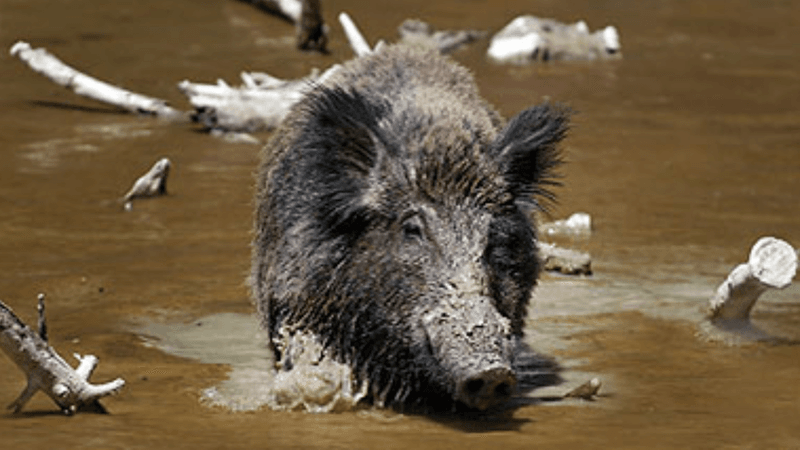
Forget building snowmen – wild hogs can barely build tolerance for Alaska’s extreme temperatures! The Last Frontier’s brutal winters create natural barriers these southern-loving swine simply can’t overcome.
While climate change raises concerns about potential future invasions, for now, Alaska remains blissfully pig-free. The state maintains strict regulations on domestic pig ownership to prevent potential escapes that could establish wild populations.
11. Washington: Evergreen State Stays Green
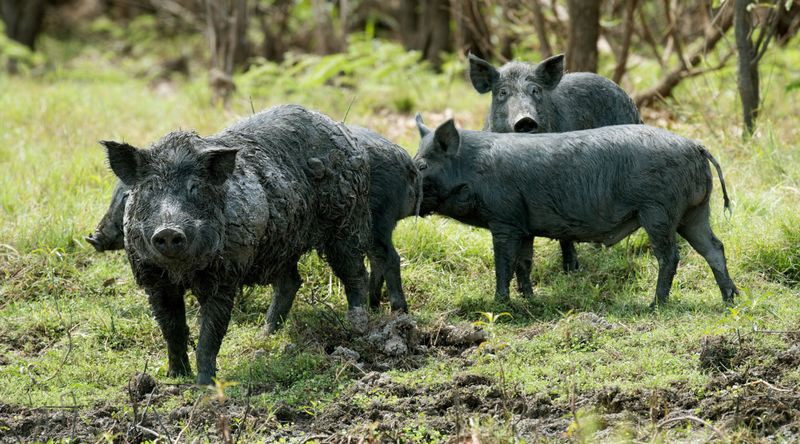
While coffee and rain dominate Seattle, wild hogs remain notably absent from Washington’s diverse landscapes. The state’s proactive approach to invasive species management has paid off handsomely.
A few isolated incidents of escaped farm pigs have been quickly addressed. Strict regulations on domestic swine ownership, particularly in areas bordering Oregon (which has some feral hog issues), help maintain Washington’s pig-free status.
12. North Dakota: Peace Garden State Stays Peaceful
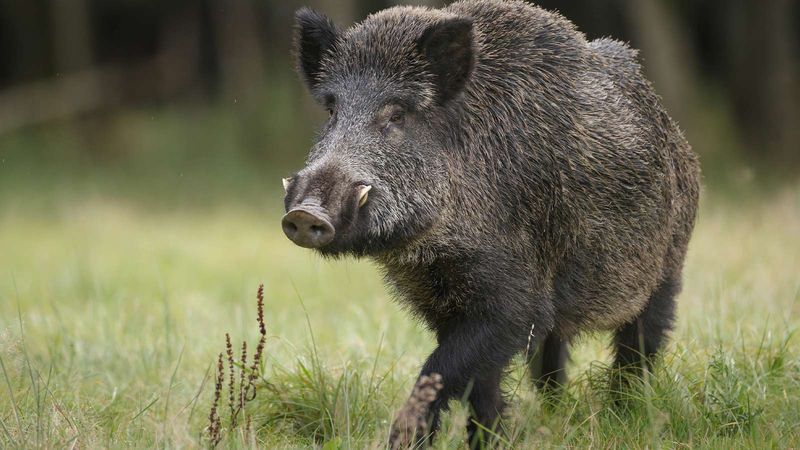
Prairie pothole wetlands remain untouched by porcine snouts in North Dakota! The state’s combination of harsh winters and proactive monitoring has prevented wild hog establishment.
Agricultural officials maintain vigilance along the Canadian border where occasional reports emerge. The state’s strong hunting community serves as an additional defense line, ready to report any unusual sightings that could indicate escaped domestic pigs or border crossings.
13. Vermont: Green Mountains, No Hogs
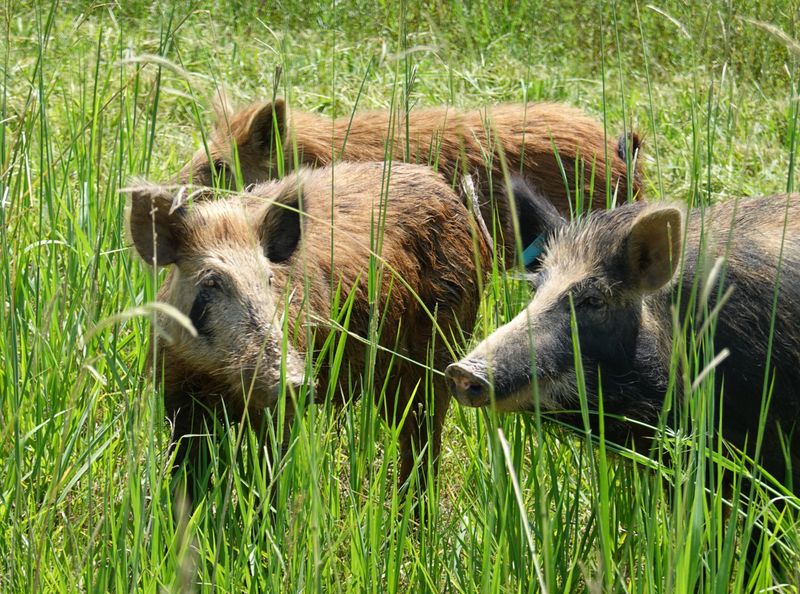
Maple syrup flows freely, but wild hogs don’t roam in the Green Mountain State! Vermont’s combination of harsh winters and vigilant wildlife management has kept feral swine at bay.
The state’s relatively small size allows for effective monitoring. Strict regulations on domestic pig farming, particularly regarding containment requirements, help prevent escapes that could establish wild populations in this ecologically sensitive region known for its pristine forests and farmland.
14. Idaho: Famous Potatoes Stay Safe
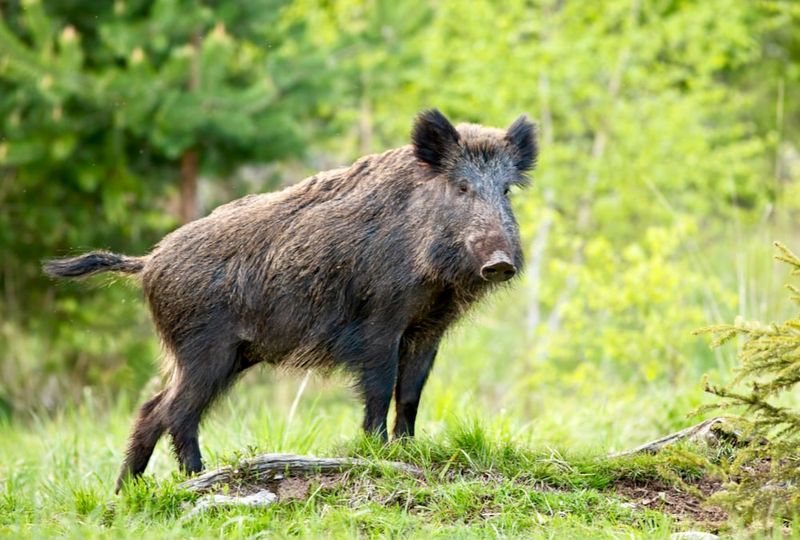
Idaho’s famous potatoes remain safe from rootin’ tootin’ hogs! While neighboring states battle growing pig problems, the Gem State has largely avoided this agricultural nightmare through strict monitoring and rapid response protocols.
A handful of isolated incidents involving escaped domestic pigs have been quickly addressed. The state’s varied terrain, from high deserts to mountain forests, could support hogs, making continued vigilance essential.

